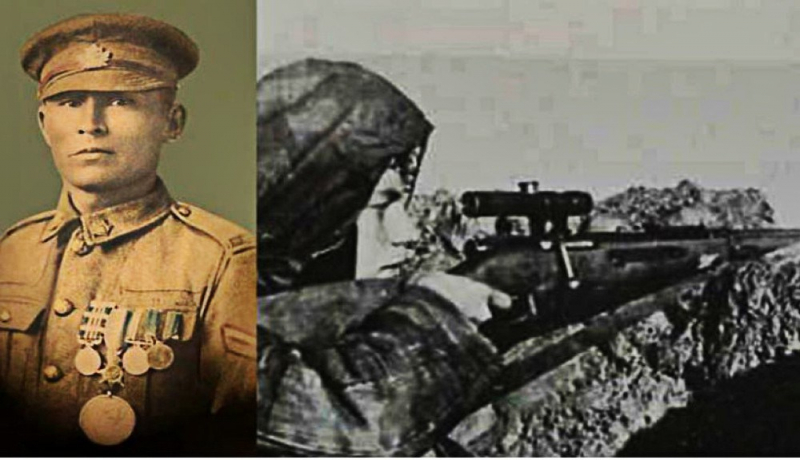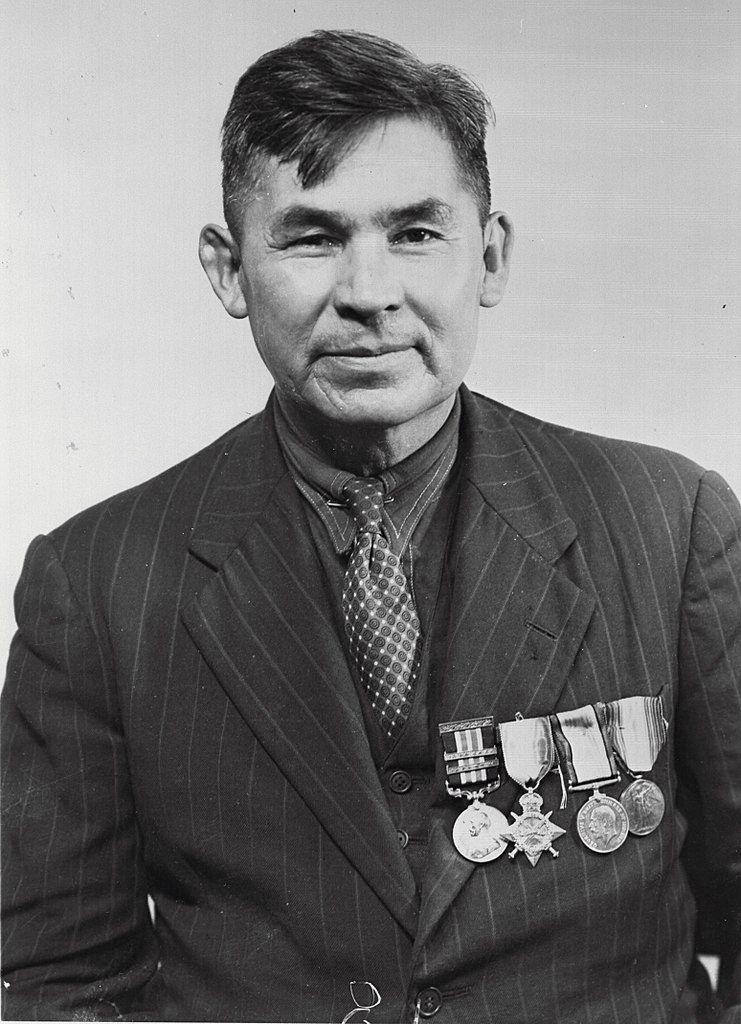Francis Pegahmagabow
Francis Pegahmagabow, a highly decorated soldier in Canadian military history, was a skilled marksman and scout. He is credited with killing 378 Germans and capturing 300 more while employing the Ross weapon, which has received significant criticism. He is known as the most proficient and lethal sniper of the First World War. Pegahmagabow, a member of the First Nation, volunteered for duty with the Canadian Expeditionary Force soon after the start of the conflict. He served overseas with the 1st Canadian Infantry Battalion in February 1915 and took part in the Second Battle of Ypres, where he established his name as a sniper and scout. He suffered a left leg injury during the Battle of the Somme in 1916, but he quickly healed to re-join his battalion as they marched into Belgium. Pegahmagabow sent dispatches along the lines during these two fights and was honored with a Military Medal for his valiant services.
Along with his outstanding sniping abilities, Pegahmagabow was lauded for his bravery and heroic deeds. In the Second Battle of Passchendaele, he was instrumental in connecting the units on the 1st Battalion's flank and leading reinforcements, earning a bar to his Military Medal. In the Battle of Scrape in 1918, his company was on the verge of running out of ammunition and at risk of being encircled by the Germans. Going into no man's land, Pegahmagabow risked intense machine gun and rifle fire and returned with enough ammo to keep his station operating. His Military Medal would gain a second bar as a result of this accomplishment. Despite being revered by his fellow soldiers, he was all but forgotten when he got back to Canada. He was nevertheless one of the greatest shooters in World War I.
Lifespan: March 9, 1891 – August 5, 1952
Nation: Canada

















